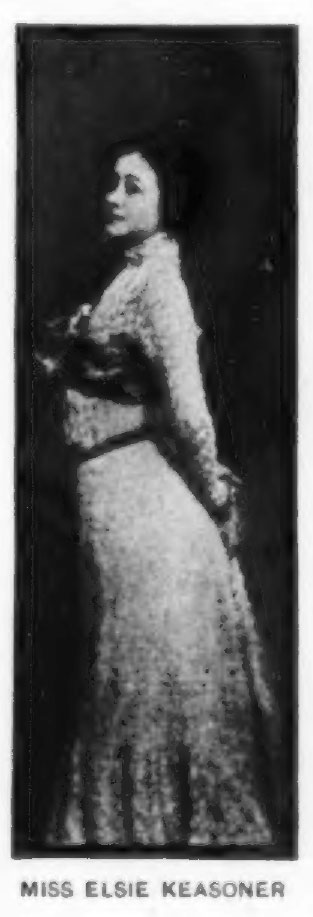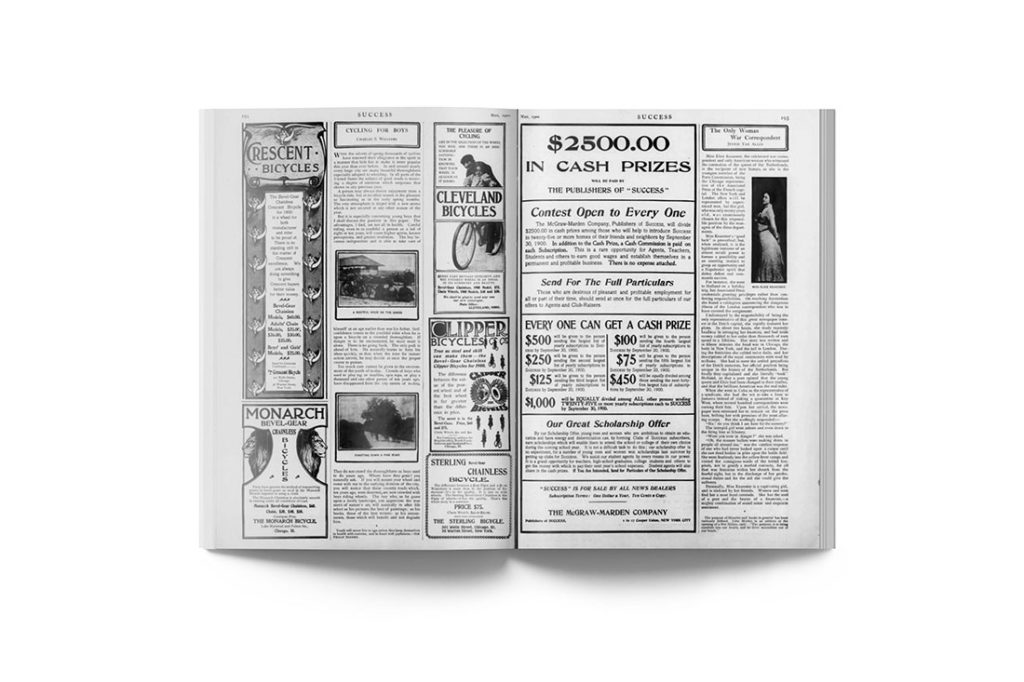Miss Elsie Keasoner, the celebrated war correspondent and only American woman who witnessed the coronation of the queen of the Netherlands, is the recipient of new honors, as she is the youngest member of the Paris Commission, being the Chicago representative of the Associated Press at the French capital. The New York and London office will be represented by experienced men, but this girl, who was only 20 years old, was unanimously chosen for this responsible position by the managers of the three departments.
Miss Keasoner’s “good luck” is proverbial; but, when analyzed, it is the legitimate outcome of an almost occult power to foresee a possibility and an unerring instinct to grasp an opportunity and a Napoleonic spirit that defies defeat and commands success.
For instance, she went to Holland on a holiday trip, her Associated Press credentials granting privileges rather than conferring responsibilities. On reaching Amsterdam she found a cablegram announcing the dangerous illness of the London correspondent who was to have covered the assignment.
Undismayed by the responsibility of being the only representative of this great newspaper interest at the Dutch capital, she rapidly matured her plans. In about two hours, she made masterly headway in arranging her finances, and had more money cabled to her order than thousands of men spend in a lifetime. Her story was written and in fifteen minutes the head was in Chicago, the body in New York and the tail in London. During the festivities she cabled twice daily, and her descriptions of the royal ceremonies were read by millions. She had to meet the settled prejudices of the Dutch autocrats, her official position being unique in the history of the Netherlands. But finally they capitulated and she literally “took” Holland, so that a poet opined that the young queen and Elsie had been changed in their cradles, and that the brilliant American was the real ruler.

When she went to Cuba as the representative of a syndicate, she had the wit to take a liner to Jamaica instead of risking a quarantine at Key West, where several hundred correspondents were cursing their fate. Upon her arrival, the newspaper men entreated her to remain on the press boat, bribing her with promises of the most alluring scoops. But she scoffingly responded:
“Ha! Do you think I am here for the scenery?”
The intrepid girl went ashore and even down to the firing line at Siboney.
“Were you ever in danger?” she was asked.
“Oh, the mauser bullets were making dents in people all around me,” was the careless response of one who had never looked upon a corpse until she saw dead bodies in piles upon the battlefield. She went fearlessly into the yellow fever camps and visited the contagious wards of the tented hospitals, not to gratify a morbid curiosity, for all that was feminine within her shrank from the fearful sight, but in the discharge of her professional duties and for the aid she could give the sufferers.
Personally, Miss Keasoner is a captivating girl, and is idolized by her friends. Women and men find her a most loyal comrade. She has the soul of a poet and the brains of a financier—a mighty combination of sound sense and exquisite sentiment.
This article originally appeared in the May 1900 Issue of SUCCESS magazine.






